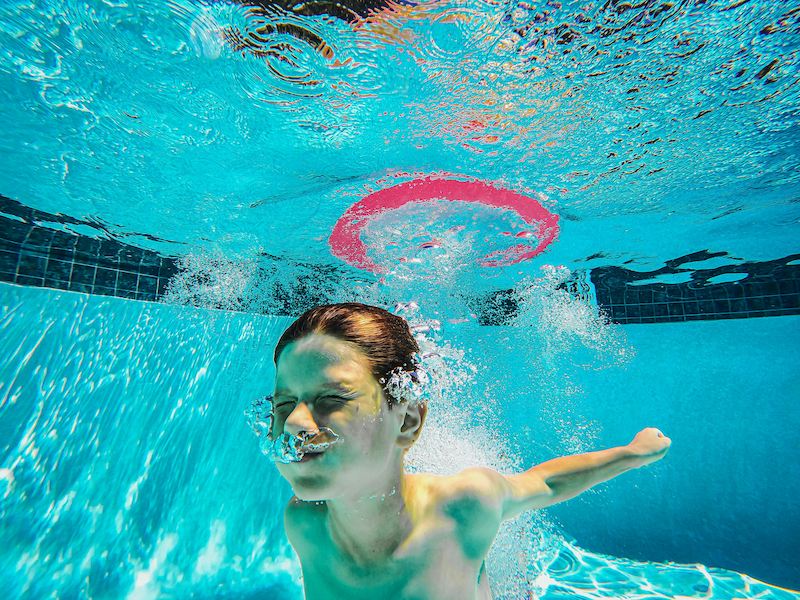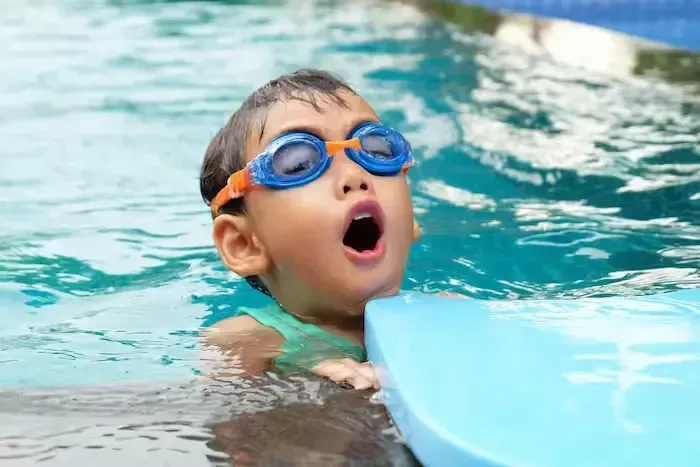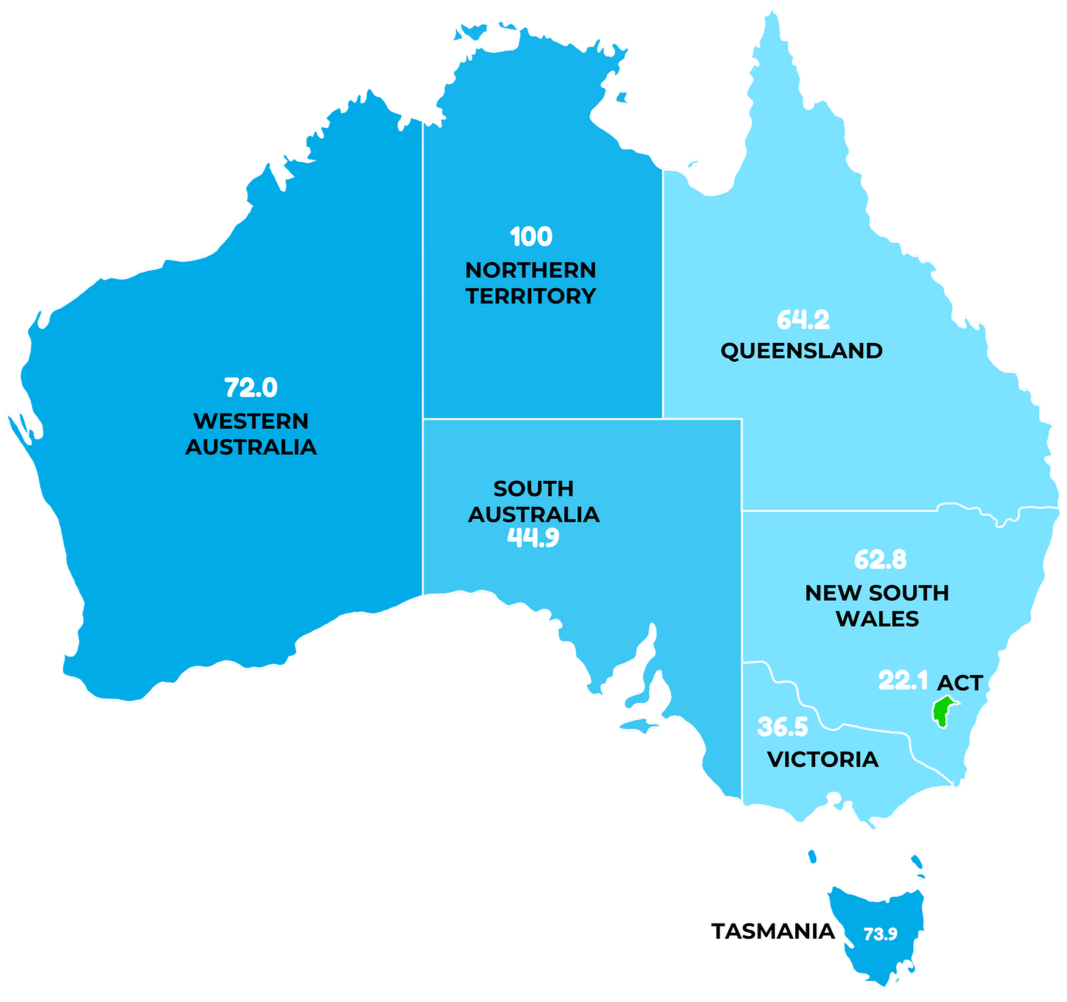What Are the Do's and Don’ts of Competitive Swimming?
The
Do's and Don’ts of Competitive Swimming prove that competitive swimming isn't just about moving fast through the water.
Yet, watching your child slice through the pool like a dolphin never gets old.
It's a blend of skill, mindset, and smart preparation. It transforms kids who once feared putting their face underwater into confident athletes.
Are you a parent watching your nervous swimmer gear up for their first race?
Understanding the do's and don'ts of competitive swimming is key to unlocking your family's full potential in this sport.
This guide will walk you through expert-backed habits and common mistakes.
Every swimmer deserves to perform better, avoid injury, and make every swim session count.
Why Your Do's, Don’ts, and Habits Matter in Competitive Swimming
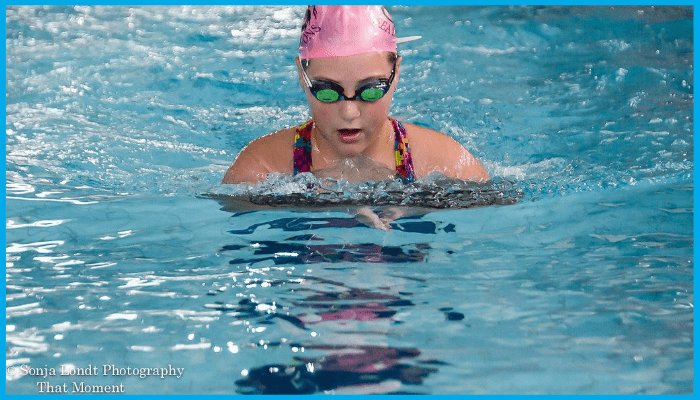
In a sport as technical and physically demanding as swimming, building strong habits early on can be the difference.
It could be the difference between a happy swimmer and one who struggles with progress while their parents worry from the sidelines.
These decisions made before, during, and after training sessions impact your swimmer's ability and influence their
growth swim progression.
That's how they perform at their best and recover efficiently for tomorrow's challenge.
Elite swimmers don't just train harder, they train smarter.
And that starts with the basics that every swimming family learns.
Sometimes the hard way. Because behind every successful swimmer is a family that figured out what works and what doesn't.
More importantly, how to support their athlete through the journey.
The Do's of Competitive Swimming
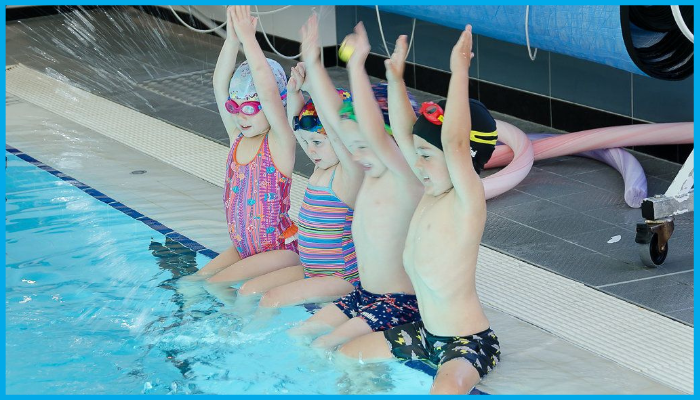
1. Always Stretch and Warm Up
Never
underestimate the importance of a proper warm-up, even when your swimmer is bouncing off the walls eager to jump in the pool.
Stretching your muscles and gradually increasing heart rate helps your body acclimate and
improve ankle flexibility, mobility and strength.
Plus, energy systems can get ready for the intensity of the upcoming session.
This prevents those heartbreaking injuries that can sideline a swimmer for weeks.
Whether you're on dry land or in the pool, warming up:
- Prevents injury that can devastate a young athlete's confidence.
- Improves circulation so your swimmer feels strong from the start.
- Primes muscles for peak performance that makes parents beam with pride.
By preparing properly, you give your swimmer the best chance to reach maximum performance during every swim session.
It's the difference between struggling through practice and feeling like they can conquer the world.
2. Use Your Whole Body, Not Just Your Arms
One of the most common errors young swimmers make is relying too much on their upper body.
This frantic windmilling of their arms while their legs drag behind like anchors.
While arm strength is important, swimming is a full-body sport.
Every! Muscle! Matters! Ignoring the role of legs, hips, and core means missing out on the power.
That's the power that transforms good swimmers into great ones.
Proper technique requires coordination between limbs and core.
When your whole body works together like a well-oiled machine, you not only swim faster but with less effort.
This leaves energy for that final sprint that wins races.
3. Stay Hydrated Before, During and After
It's easy to forget how much energy you're burning in the pool when you're surrounded by water.
But swimming is a full-body workout that leaves athletes surprisingly thirsty. Even mild dehydration can affect endurance, energy, and mental focus.
This turns promising swimmers into frustrated ones who can't understand why they're struggling.
Make it a habit to bring a full water bottle to every session.
Sip regularly between sets, and continue hydrating after your swim to help with recovery.
It's one of those simple things that separates swimmers who progress from those who plateau.
4. Mix Up Your Workouts
Repetition can be useful for building technique, but doing the same thing every day at the same pace will only get you so far before boredom sets in.
To improve as an athlete, you need to challenge yourself with variety that keeps both body and mind engaged.
Incorporate different drills, stroke technique, breathing patterns, speeds, and
dry-land exercises for strong swimming into your workouts.
Variety keeps training fun and prevents plateaus that frustrate swimmers and their families.
It also improves your ability to adapt during competitions where conditions vary. And even worse, unexpected challenges arise.
5. Maintain a Positive Attitude
Is as much a mental sport as it is physical. Any coach will tell you that mindset can make or break a swimmer's performance.
Having a positive attitude will make you a more enjoyable teammate who lifts others up. It also helps your body perform better by releasing hormones that reduce stress and increase focus.
Doesn't matter if it's training or race day when nerves are running high.
Stay optimistic, encourage others, and believe in your ability to improve.
Resources on
managing your child's swim anxiety can also help swimmers stay confident and focused during training and competitions.
Swimming Australia also provides valuable
health and wellbeing tips for swimmers
to support mental resilience and performance.
Because confidence is contagious, and happy swimmers inspire everyone around them to be better.
The Don’ts of Competitive Swimming
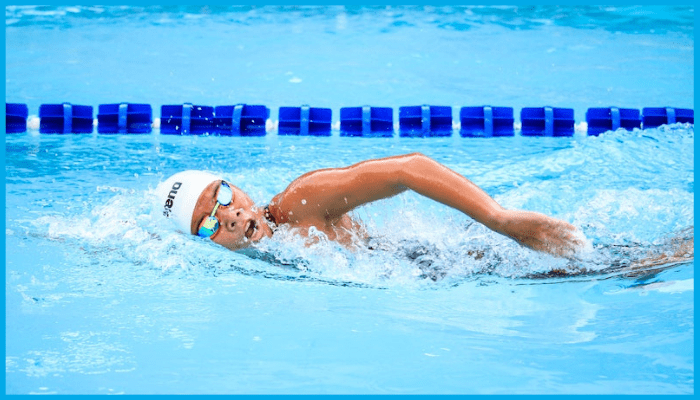
6. Don’t Hold Your Breath
One of the earliest lessons in swimming is how to
manage your breathing.
But many swimmers still hold their breath underwater like they're playing a game with their siblings.
Doing so deprives your muscles of oxygen, increasing fatigue and slowing down recovery between sets.
This turns promising swimmers into frustrated ones gasping at the pool wall.
Instead, exhale slowly while your face is in the water, even though it feels unnatural at first.
When you turn to breathe, your body will naturally inhale the precious oxygen your muscles are craving.
This technique supports better endurance and helps the swimmer's tension during long sessions. when they're fighting their own breathing.
7. Don’t Eat a Big Meal Before You Swim
Timing your nutrition is just as important as what you eat.
Many families learn this lesson the hard way when their swimmer feels sick during practice.
Eatinga a heavy big meal too close to your swim can make you sluggish and uncomfortable in the water, like trying to swim with a bowling ball in your stomach.
But skipping fuel altogether is also a mistake that leaves swimmers running on empty.
A small snack like fruit, yoghurt, or a light snack about 60–90 minutes before your swim will provide steady energy without weighing you down.
Or making parents worry about poolside emergencies.
8. Don’t Let Your Hips Sink
Your body position in the water plays a huge role in speed, and watching your swimmer's hips drop can be as frustrating for parents as it is for coaches.
When hips drop too low, you create unnecessary resistance.
This slows you down significantly and makes every stroke feel like swimming uphill.
This is especially common in swimmers who haven't developed core strength yet.
To fix this:
- Engage your core muscles consistently, even when you're tired.
- Focus on keeping a horizontal body line that slices through water.
- Use a snorkel during drills to practice without needing to focus on breathing.
Staying streamlined helps build endurance and reduces fatigue during longer sets.
It transforms struggling swimmers into efficient ones.
9. Don’t Overtrain Without Rest
Progress takes consistency, but that doesn't mean training non-stop.
That will only make your swimmer dread walking into the pool.
Pushing your body too hard without enough rest can lead to injuries.
It's like swimmer's shoulder or mental burnout that breaks young athletes' hearts.
You'll feel constantly fatigued and may even see performance dip, leaving families wondering what went wrong.
Listen to your body and teach your swimmer to do the same.
Elite swimmers know when to push and when to pull back, understanding that rest is when the magic happens.
Incorporate rest days and varied workout intensity — elite swimmers know recovery is integral, supported by
sports recovery strategies.
Make good use of activities like stretching and quality sleep.
Because swimming should remain fun, not become a source of stress for the whole family.
Tips From Elite Swimmers and Coaches
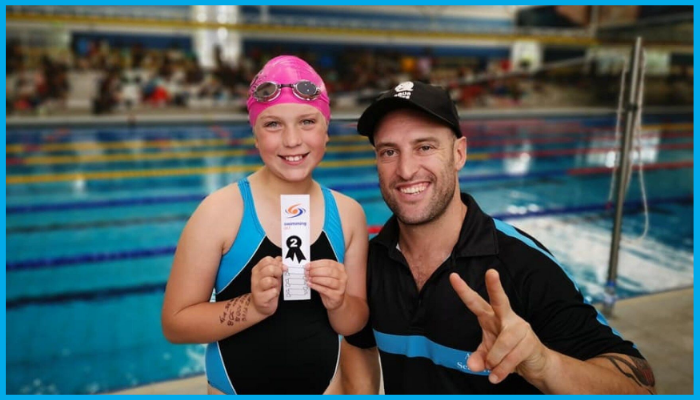
Coaches play a crucial role in your development as a swimmer.
They're the voice that pushes you when you want to quit and celebrates with you when you achieve something you never thought possible.
They help you correct technique when bad habits creep in.
They structure your workouts to build strength and endurance.
Most importantly, they push you to reach goals that seemed impossible when you first stepped onto the pool deck.
Here are some additional tips from experienced swimmers and coaches.
They've taught thousands of athletes to love this demanding sport:
Stay consistent
Progress isn't linear, and neither is the journey of a competitive swimmer. Some weeks you'll feel like you're flying through the water, others you'll wonder why you even swim.
Stay patient and committed through both the victories and the frustrating plateaus, understanding that
swimming progression is a gradual process that comes with consistency and time.
Track your performance
Use a swim log or app to monitor your sessions and spot patterns that reveal your progress. Watching your times drop over months of hard work is one of the most rewarding feelings in sport.
Set short-term goals
Breaking your big dreams into smaller, weekly milestones keeps you focused and motivated. Especially when the pool feels endless and the workouts seem impossible. Celebrate the small wins that matter just as much as the big ones.
Have fun
Yes, competitive swimming is serious business that demands respect and dedication. But it's also one of the most rewarding sports when you're enjoying the journey.
Laugh with teammates, and remember why you fell in love with the water in the first place.
Because at the end of the day, the most important thing isn't just becoming a faster swimmer. It's becoming a happy swimmer who carries the lessons learned in the pool into every aspect of life.
Recap: The Most Important Do's and Don’ts of Competitive Swimming
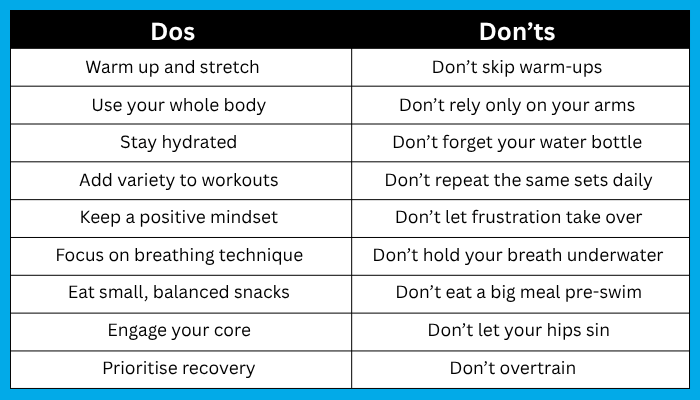
Final Thoughts
Mastering the do's and don'ts of
competitive swimming isn't about perfection, because no swimmer gets everything right every time. It's about making smart choices consistently.
Even when you're tired after hours of practice or when your child would rather sit on the couch than face another morning workout.
Pay attention to technique, attitude, hydration, and rest.
You'll give your swimmer the best chance to develop into a strong, confident athlete who loves this sport as much as they respect it.
Because every swimmer deserves to feel powerful in the water and supported on deck.
Are you a nervous parent watching your swimmer prepare for their first race or building towards elite-level training?
Our
Sea Dragon Swim Squad offers the advanced coaching, competition focus, and team support to help swimmers take that next big step in their journey.
This demands everything from your family. Small improvements will help your swimmer swim smarter, not just harder.
The most important thing to remember? Every elite swimmer started exactly where your athlete is right now.
Progress happens one stroke at a time, one practice at a time, one race at a time.
And behind every happy swimmer who achieves their dreams is a family that learned these lessons together.
They celebrated the small victories, and never forgot that swimming should always be fun.
The journey from that first nervous lap to confident competition is filled with challenges.
The
Do's and Don’ts of Competitive Swimming highlight that it's also where swimmers develop not just endurance and technique, but character that lasts a lifetime.
OTHER RESOURCES

